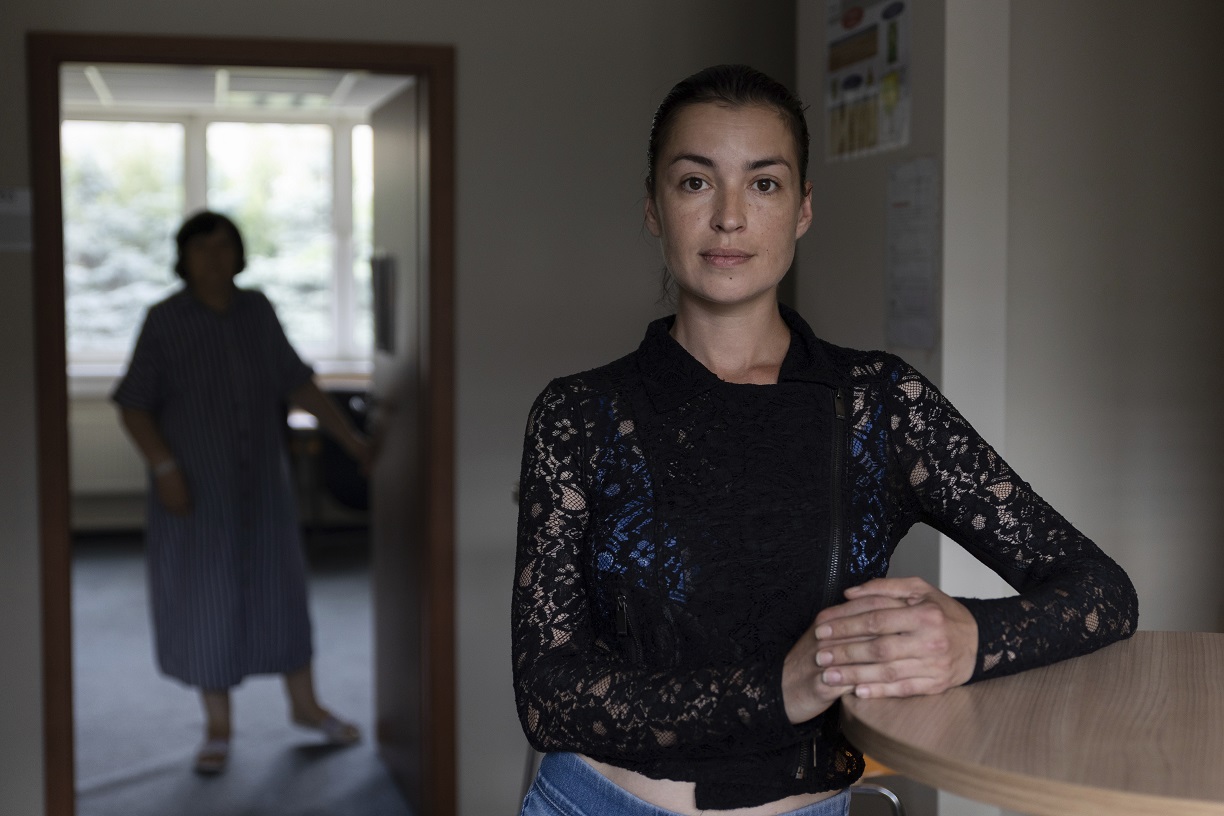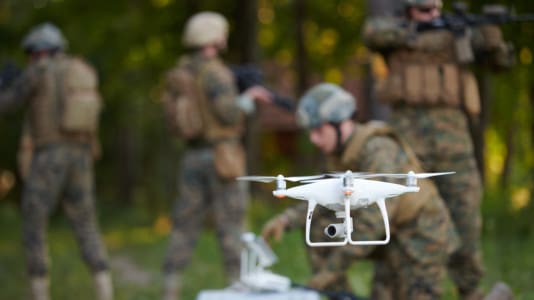In Poland, Ukrainians typically represent a younger or middle-aged demographic, mostly made up of females, reveals a new report from the National Bank of Poland (NBP).
The report, “The Living and Economic Situation of Ukrainian Migrants in Poland in 2023,” highlights a significant gender disparity among these migrants. Adult Ukrainian citizens in Poland are predominantly female, accounting for about 68 percent of the total.
In the pre-war immigrant group, women constituted 55 percent, while in the refugee group, they make up 78 percent. The demographic structure of Ukrainian migrants residing in Poland has not significantly changed since November 2022. What continues to distinguish refugees from pre-war migrants is the variation in gender distribution.
In terms of age distribution, more than half of Ukrainian migrants are between 27 and 44 years old. The report notes that 48 percent of pre-war immigrants and 29 percent of refugees live in Poland with their spouse or partner, while over 40 percent of refugees and 30 percent of pre-war immigrants reside with their underage children. Most Ukrainian citizens living in Poland with minor children send them to Polish schools or kindergartens.
The report further explores the age structure of pre-war migrants and refugees from Ukraine in Poland. Individuals aged 18-26 years constitute 23 percent of pre-war migrants and 18 percent of refugees. The dominance of women is evident both among refugees (78 percent) and pre-war migrants (55 percent).
The proportion of men among the refugees has slightly increased from 19 percent to 22 percent since the previous study in 2022.
Regarding education, 42 percent of pre-war migrants and 48 percent of refugees report having higher education. There has also been an improvement in Polish language proficiency among refugees, with only 13 percent claiming no knowledge of the language.
In contrast, nearly 60 percent of pre-war migrants assess their Polish language skills as very good.





